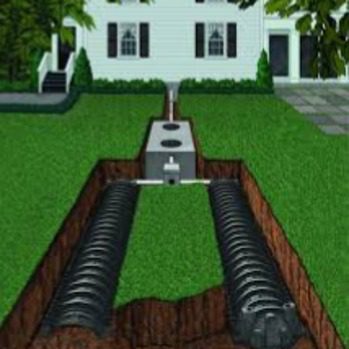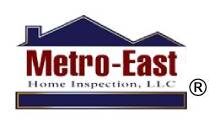One home system that is often overlooked is the sewer line. Normal home inspectors don’t examine it since it is buried in the ground and requires a special camera to inspect.
A sewer backup is a potentially nasty and expensive event when you own a home. Sewer line repair can also be extremely expensive as it requires a lot of excavation and potentially street/sidewalk repairs. A cheap sewer repair can cost $5000, and once you get into the street, it can quickly turn into a $10000-$25000 repair, making it one of the single most expensive repairs you could face during home ownership.
The side sewer line is the pipe that exits the home and joins up with the city sewer main, usually in the middle of the street. In the Midwest, the oldest homes have sewer pipes that are made of clay. In the late 70’s-early 80’s, builders began using plastic pipes (PVC or ABS). Clay and concrete pipes can be susceptible to cracks and tree root infiltration at the joints between sections of pipes. Plastic pipes are glued together and impervious to roots. However, there can be issues with new plastic pipes as well. Cracks, pipe shifting, low spots and roots can all cause the sewer to backup into your home.
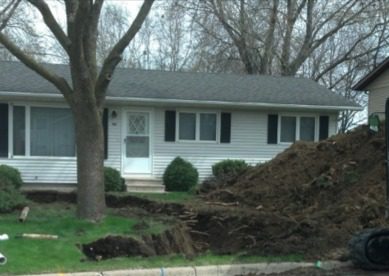
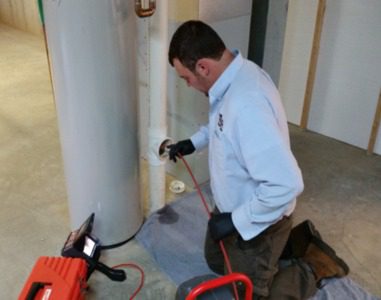
As the property owner you are responsible for maintaining the sanitary sewer service lines located on your property for which you have ownership rights. This includes the sewer line running between the home’s or building’s exterior and the property line. Your maintenance responsibilities include, but are not limited to, the intrusion of tree roots into the sewer line and other defects. Also, you are responsible for the maintenance of all plumbing within the home.
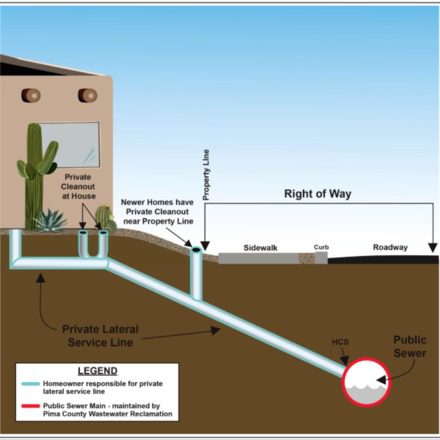
A septic system is essentially a small scale sewage treatment system designed to safely dispose of waste. Instead of being connected to the city or town sewage system, a septic system is contained underground on a homeowner’s property. The system typically includes a septic tank, distribution box and soil absorption system. The tank separates the solids and liquids and provides additional treatment before distributing the waste water to the ground.
A video inspection allows you to see the condition of the system and allows for the location of each of the components of the system to be identified.
